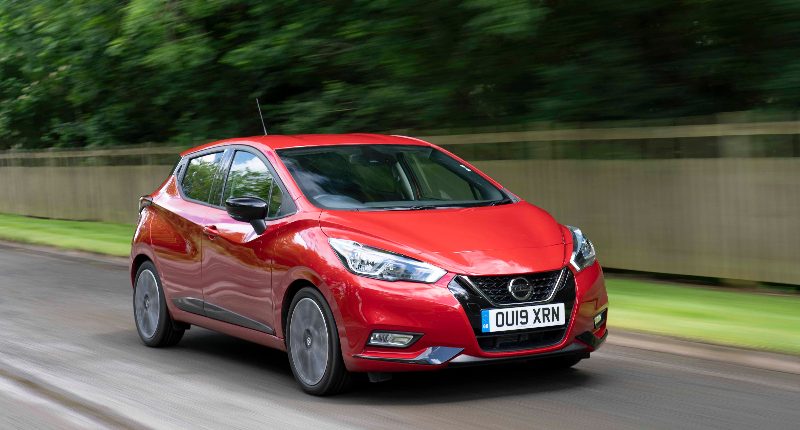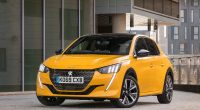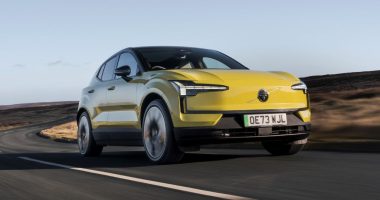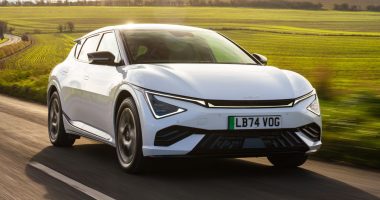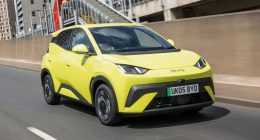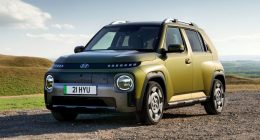Nissan has updated the Micra for 2021 by raising standard equipment levels and replacing the previous engine line-up with new petrol offerings. When pared to the company’s Xtronic automatic transmission, the ‘IG-T’-badged motor promises competitive real-world performance – a theory we put to the test.
Table of Contents
THE MICRA – A BRIEF RECAP
This Japanese supermini is similar to a fine wine in that it keeps getting better with age. The fifth-generation of the Micra has lost none of its striking and attention-grabbing qualities that helped to consign its previous stale and elderly reputation to the history books. This has been achieved thanks to a rather distinctive front end, sharp crease work around the haunches, glass covered c-pillars and concealed handles for the rear doors. As the formula has proven so successful in the UK, there is really no need for Nissan to fix what wasn’t previously broken. So, for 2021, the exterior changes are pretty minor. As for the tweaks that have been applied to the interior, these are even harder to spot.
WHAT’S NEW FOR 2021?
To ensure customers have, as Nissan puts it, “a clear understanding of the Micra line-up”, trim levels are pegged at four: ’Visia’, ‘Acenta’, ‘N-Sport’, and ‘Tekna’ which comes under the microscope here. The final two share the most newsworthy changes between them as the company’s design team paid “particular attention” to them. Both get LED headlights and, for the first time, ‘Tekna’ cars sit on rather fetching 17-inch diamond cut alloys. Our car had the ‘Colour Pack’ – a £550 option – and ‘Passion Red’ metallic paint (£575). What gives the Micra an edge over Ford’s Fiesta, Peugeot’s 208 and Kia’s Rio is the ability for buyers to put their own unique stamp on the car by way of front and rear bumper trim finishers, coloured centre caps, and various hues for the mirror caps and door protection mouldings.
AND WHAT ABOUT INSIDE?
Much like the outside, the cabin is a real thing of beauty. Once you get comfortable in the driver’s seat you begin to notice the minimalist approach to knobs and switches. This simple philosophy is evident in the driver binnacle where a 5-inch TFT monitor has clearly scripted dials sitting either side of it. Once again, customers have a degree of creative licence with the Micra as they can choose from a trio of ‘Interior Packs’ comprising ‘Standard Grey’, ‘Energy Orange’ and a ‘Sports Pack’ that mixes Alcantara and leather. As for longevity, the plastic mix is a toss-up between fine-but-nothing-exemplary. Young drivers are sure to love ‘Tekna’ for the vast array of technology it packs in. A rather good sounding Bose stereo, 7-inch multimedia display that quickly pairs to Android and Apple smartphones, and a big car feature named ‘Around View Monitor’ parking system are all included in the £19,405 asking price.
IS THE NEW PETROL A WINNER?
Nissan won’t mind us saying that Ford led the way with small displacement engines. Essentially, small units – generally three-cylinders for their torquey characteristics – are turbocharged to deliver a level of performance similar to a larger motor without compromising on emissions or efficiency. Our final impressions of the IG-T engine are favourable: it gets you up to speed on motorways quite comfortably and has adequate performance when zipping in and about town with four people on board. Being a three-pot there is a thrum under acceleration but as you approach the national speed limit things start to quieten down. There’s no manual to choose from – just an ‘Xtronic’ automatic that is a Continuously Variable Transmission. Using ‘D-Step’ – a set-up that holds a constant gear ratio like a conventional automatic but adds the flexibility of a CVT – changes are largely swift and jerk-free under acceleration. Industry experts predict the number of small cars with automatic transmissions will double by 2022.
HOW DOES IT DRIVE?
Combined, the CVT and Renault-Nissan-Mitsubishi and Daimler-developed IG-T 100 petrol make life easy – exactly what supermini ownership ought to be. The benchmark in this segment continues to be the Ford Fiesta for the simple reason it handles like it is on rails and, irrespective of spec or engine, is a pleasure to steer. The Fiesta also finds the perfect middle ground with its suspension; it is not too soft so that is leans and rolls through bends, nor is it too hard so that you feel every single jolt through your seat. The Micra doesn’t suffer from a spongy ride as the springs are noticeably firm and therefore only when you get to higher speeds does this jitteriness and less-than-cosseted ride start to subside. That is a shame – and a hefty blot in its copybook – as many Micra owners are sure to commute in and through urban traffic Monday to Friday. Still, you will not fall out of love with the Micra; show it a sweeping B-road and the on-point driving experience goes some way to banishing these indiscretions.
PROS & CONS
+ Stylish and desirable supermini
+ Extensive standard equipment
+ Engaging and fun to drive
– Space falls short in key areas
– No mild hybrid available
– Firm ride won’t suit all
MULTIMEDIA: 7-inch touchscreen on Tekna is a cost option across the rest of the Micra range and comes with Bluetooth, Apple CarPlay and Android Auto so integrating your smartphone is an easy task. Satellite navigation and life travel information are further bonuses but small on-screen buttons and sluggish responses – especially when pinching the map – let an otherwise capable system down.
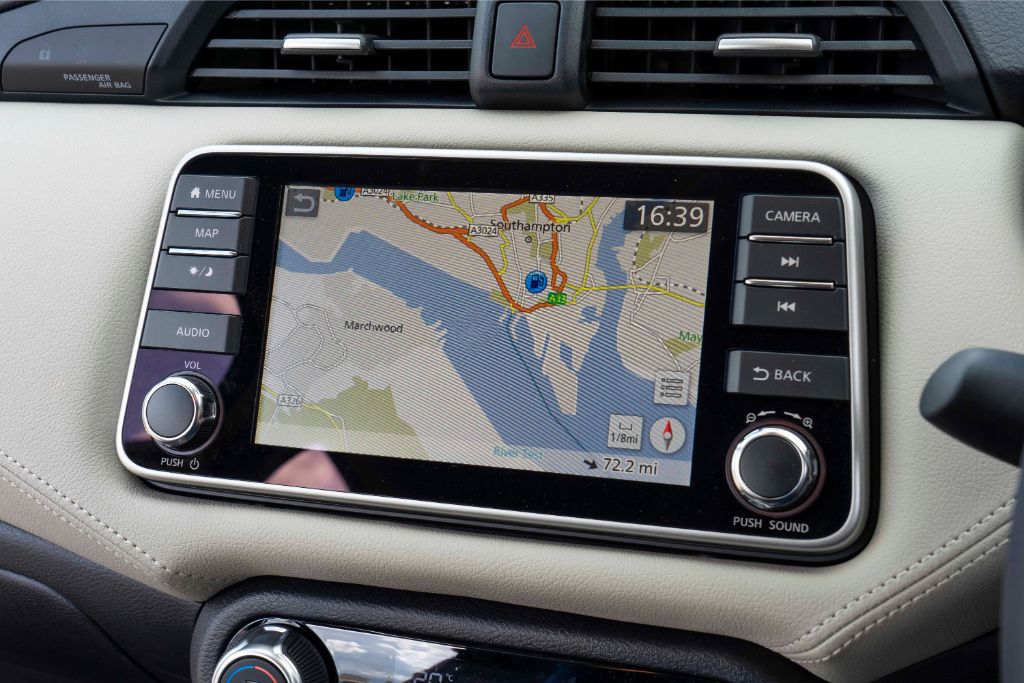
STYLING: Nissan has hiked standard equipment on each version of the 2021 Micra but the overall appearance is broadly the same as before. Updates to Tekna include LED headlights and diamond-cut 17-inch alloy wheels. The Micra is available in one of eight colours, including ‘Passion Red’ on top of eleven ‘Combination Packs’ that introduces wheel upgrades and decals for the roof and the bonnet.
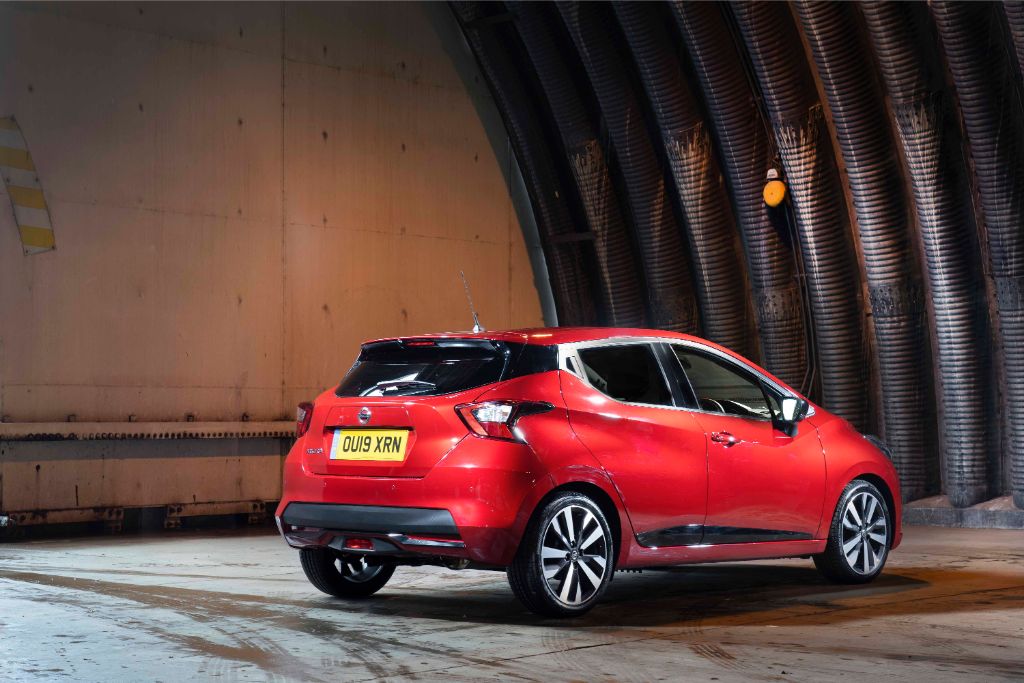
INTERIOR: The Micra’s cabin continues to strike a modern and bold look despite having first gone on sale back in March 2017. There is a nice blend of squidgy materials and light-coloured fabrics for the seats and dash in Tekna spec to justify its list price. A rear facing camera, rear parking sensors, a four-speaker Bose sound system, automatic lights and Traffic Sign Recognition are all standard.

PRACTICALITY: Interior space is more or less on a par with supermini rivals, although the sloping roofline does rob taller passengers of some head room in the back. Apart from that, there is decent leg, knee and shoulder room for two adults occupying the second row. Deep 300-litre boot is useful but lowering the rearmost 60/40 seats for carrying larger items leaves a pronounced step in the floor.
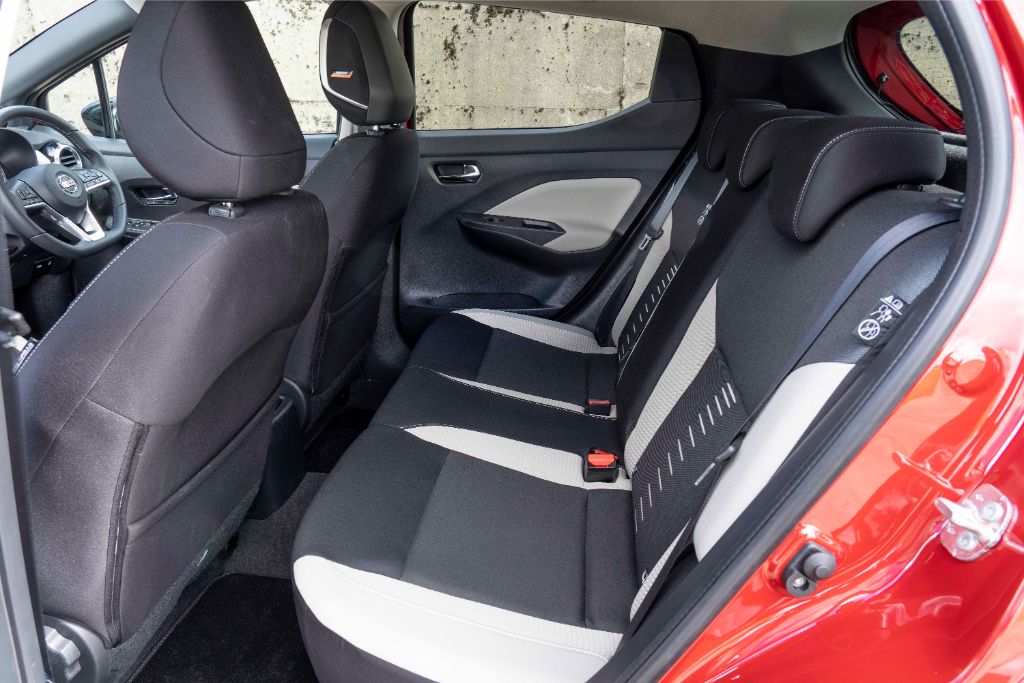
SPECIFICATION
Price: £20,530 (as tested)
Engine: 1-litre, 3cyl turbo petrol
Power/torque: 98bhp/106lb ft
Transmission: 1-speed variable auto, front-wheel-drive
0-62mph: 10.9 seconds
Top speed: 114mph
Economy/CO2: 50.4mpg/105g/Km
